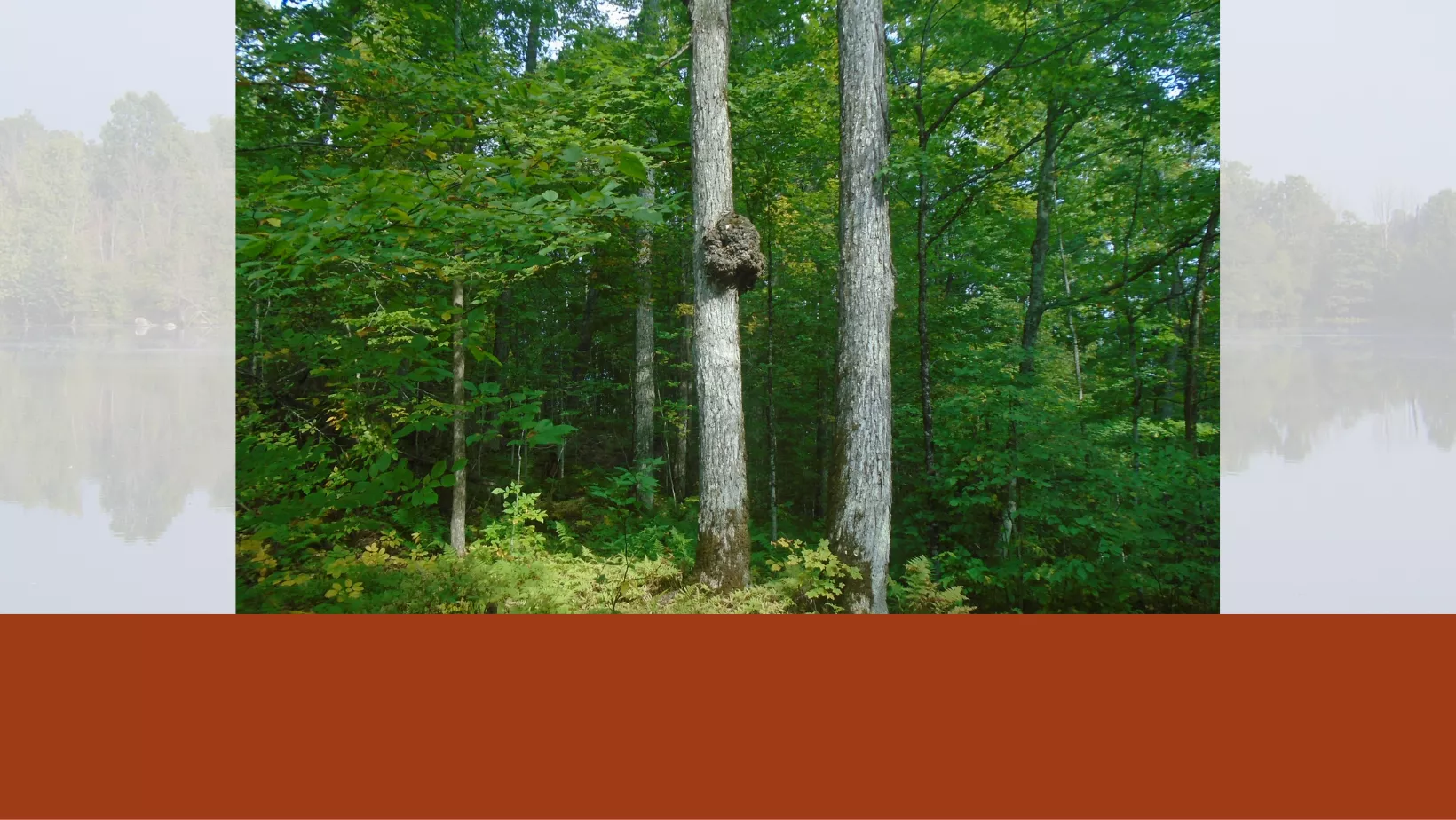Grading Standing Timber
When evaluating standing timber, volume gets the lion’s share of the attention. A more subtle, qualitative factor is grade. Grade is an estimation of the quality of a tree, and by extension, the products made from that tree. Grading also provides a method for selecting which trees to keep and which to remove in harvest operations.
Grading is established by local custom and by consumers of forest products. Often, there are predetermined rules for how a tree is graded:
- Examine size. The small end diameter of the log determines what the best possible category for that log is.
- Create Faces. The grader draws imaginary perpendicular lines through the center of the tree to divide it into four “faces.” Each face is thoroughly inspected for any defects. Defects can include cavities, cracks, branching, or exposed heartwood, just to name a few.
- Determine Value. The amount, size, and placement of defects determines the deductions in quality if any.
When evaluating standing trees, especially larger ones, there is always a risk of the tree being hollow. Foresters occasionally carry mallets or hatchets to tap the tree and listen for hollow sounds.

This complicated assessment is a great example of how a consulting forester can provide guidance when maximizing the value of forest land. Tree grade changes over time, both improving and degrading, so assessing a forest stand’s potential and current rate of value growth is key to forest management decision-making. Steigerwaldt’s team of seasoned foresters and analysts are experts at estimating quality and have the expertise to provide reliable timber valuations and management recommendations.
– Mike Raichel, Forest Inventory Manager







